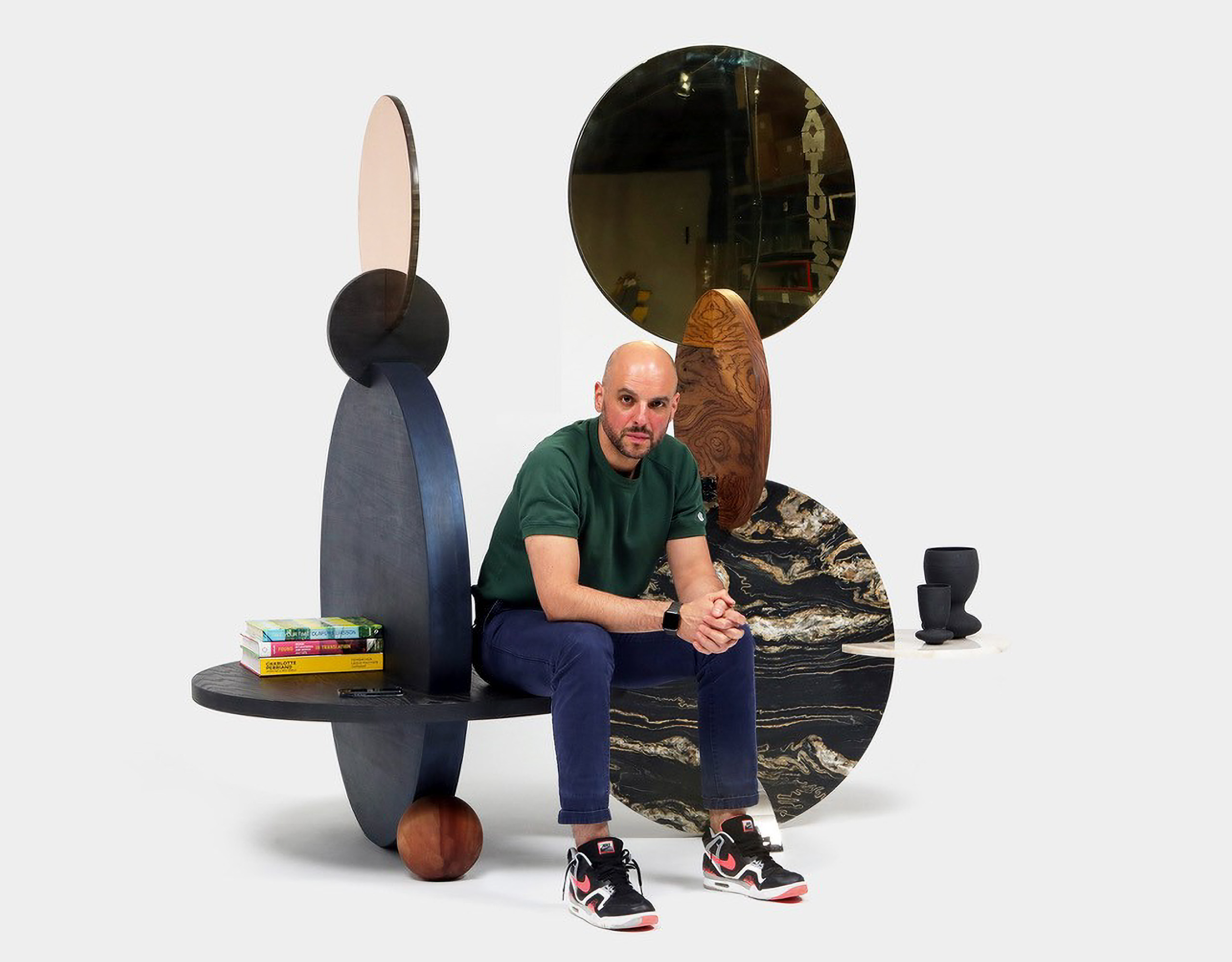
- Collaborators
Alejandro Artigas
Alejandro Artigas is the Founder and Lead Designer of ARTLESS, Otra Cosa, and Main Street Workshop. Born in Mexico City to a family of architects and now residing in Los Angeles, Alejandro’s commitment to functional and enduring craftsmanship is a hallmark of his distinguished career. Balancing multiple roles daily—architect, designer, curator, artist, and entrepreneur—Alejandro is driven by the belief that aesthetics contribute to a better world.
Alejandro has collaborated with RIOS on projects like Sunset House for The Sundown Table, where his talent for creating timeless pieces is evident in his thoughtful use of materials, color, shapes, and intentional design. We had the pleasure of speaking with Alejandro about his creative process and the abstract philosophy that informs his design ethos and lifestyle.
Tell us about yourself. How did you get started as a designer? What do you hope people take away from your work?
“I was born like this, I had no choice,” from a song by Leonard Cohen.
I was born and raised in Mexico City. My grandfather, Francisco Artigas, was a famous mid-century architect—there are many architects in my family, a few artists, and graphic designers. My sister, Gabriela Artigas, is a jewelry designer here in LA.
I have been designing full time since 2009. However, I started as an architect. I have a Bachelor of Architecture from SCI-Arc (2004) and a Master’s Degree in Advanced Architectural Design from Columbia University (2008). Since my teenage years, I always cared about design, art, and objects. It just spoke to me. It’s a silent language, a secretive way of engaging the world.
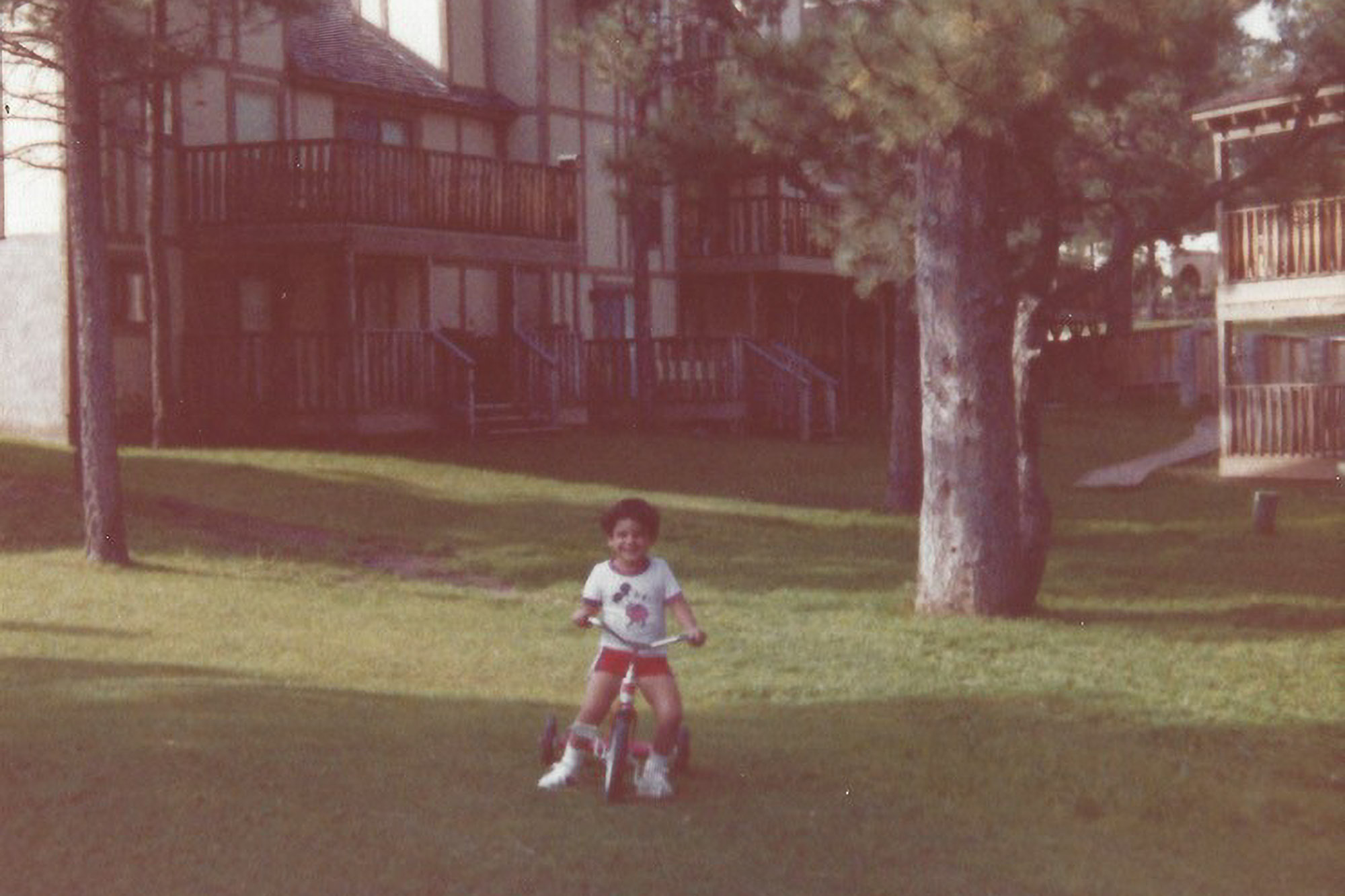
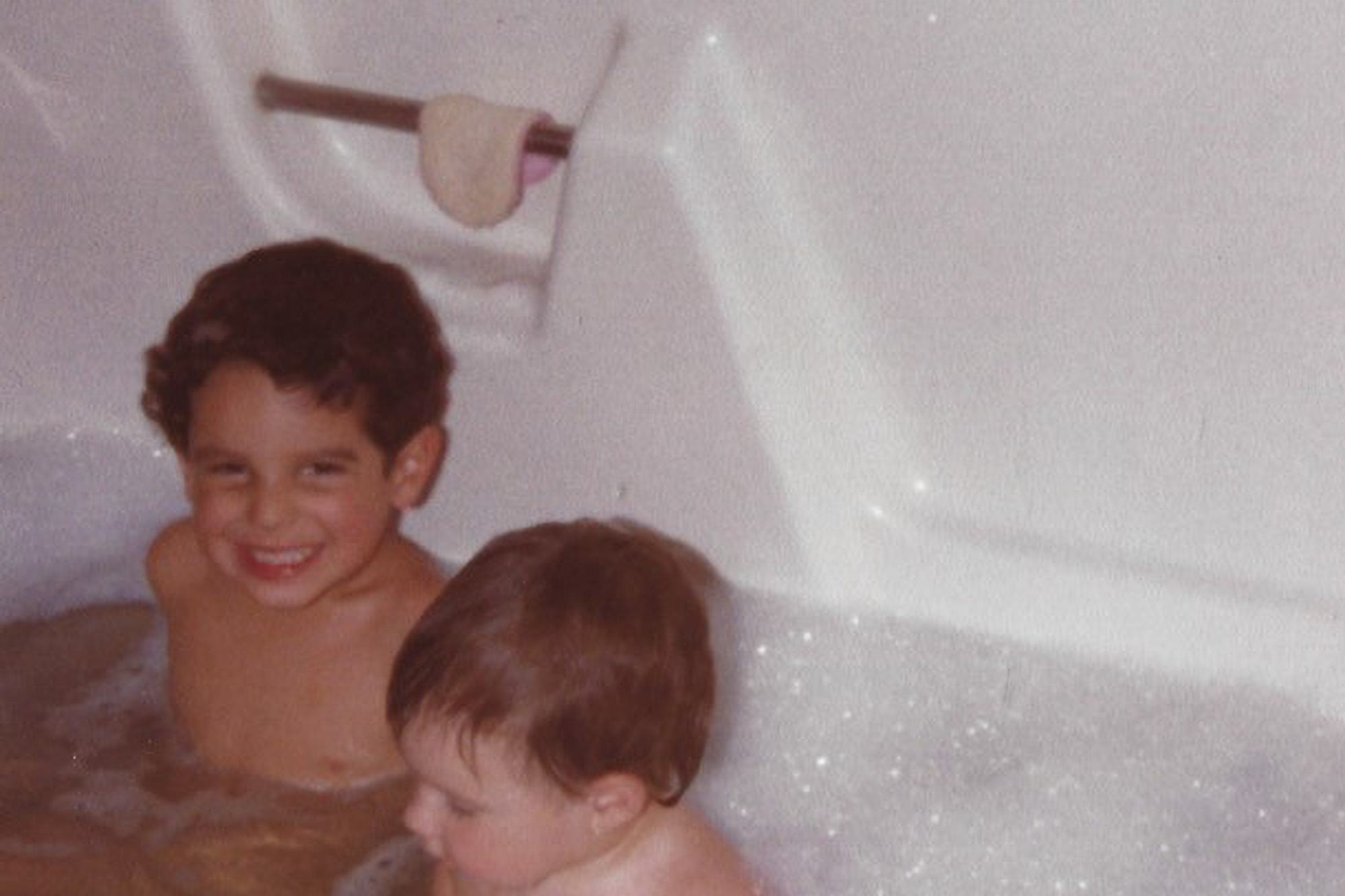
You wear many hats–architect, designer, curator, artist, entrepreneur–and lead various brands, each with its own distinct style. How does your background in architecture influence your furniture design?
I think my architectural background brings a systemic structure and purposeful, process-based approach. I don’t design for the sake of it—it has to be rooted in a problem and necessitates a search for a solution. The goal is always beauty. I use the phrase, “beauty always wins.” There is grace, precision, and structural integrity to it. Comfort and usability always guide me.
The work should be poetic—it should speak, but in few words, and carry itself lightly so that it can endure over time. I’m interested in the timeless…
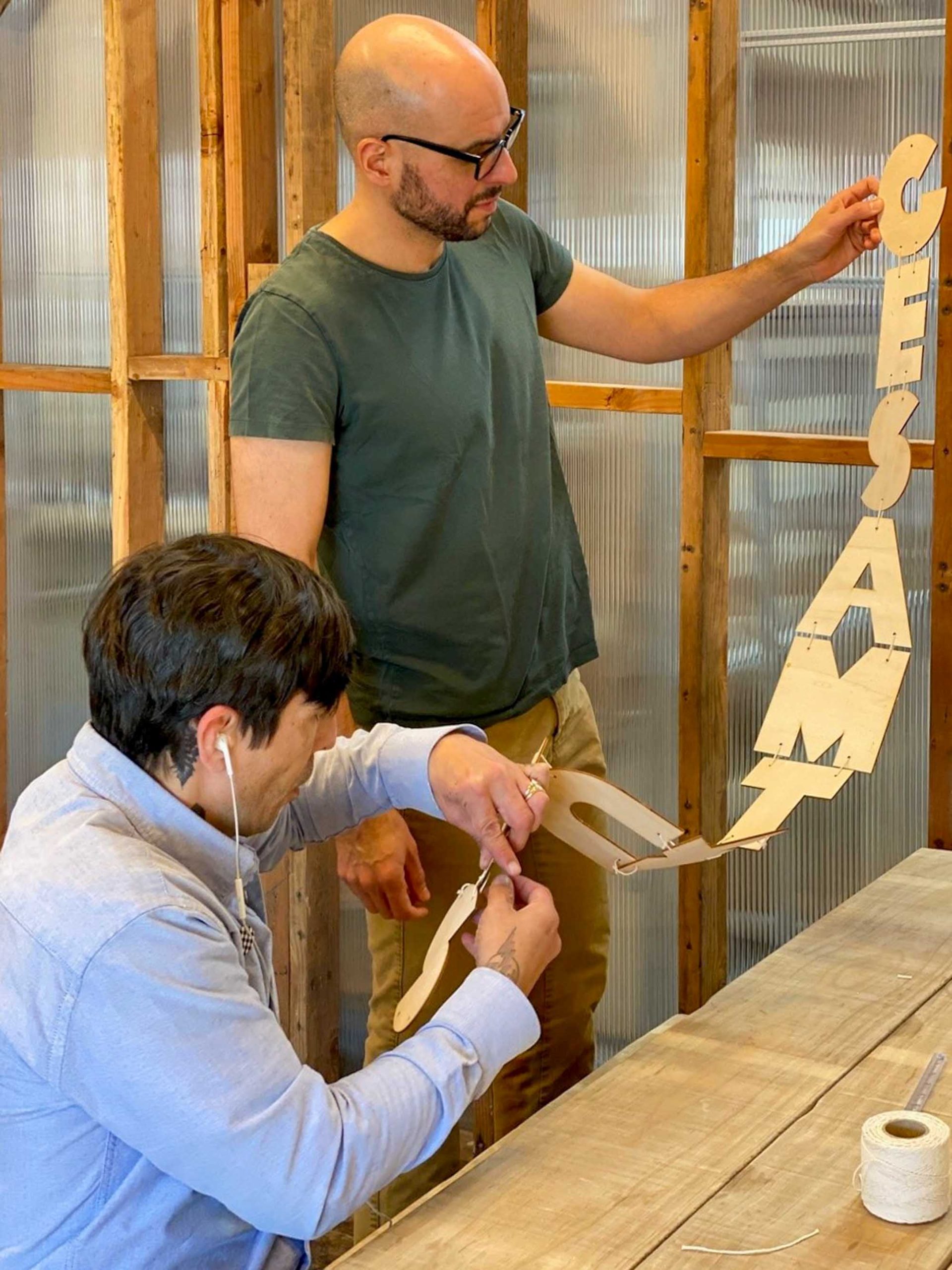
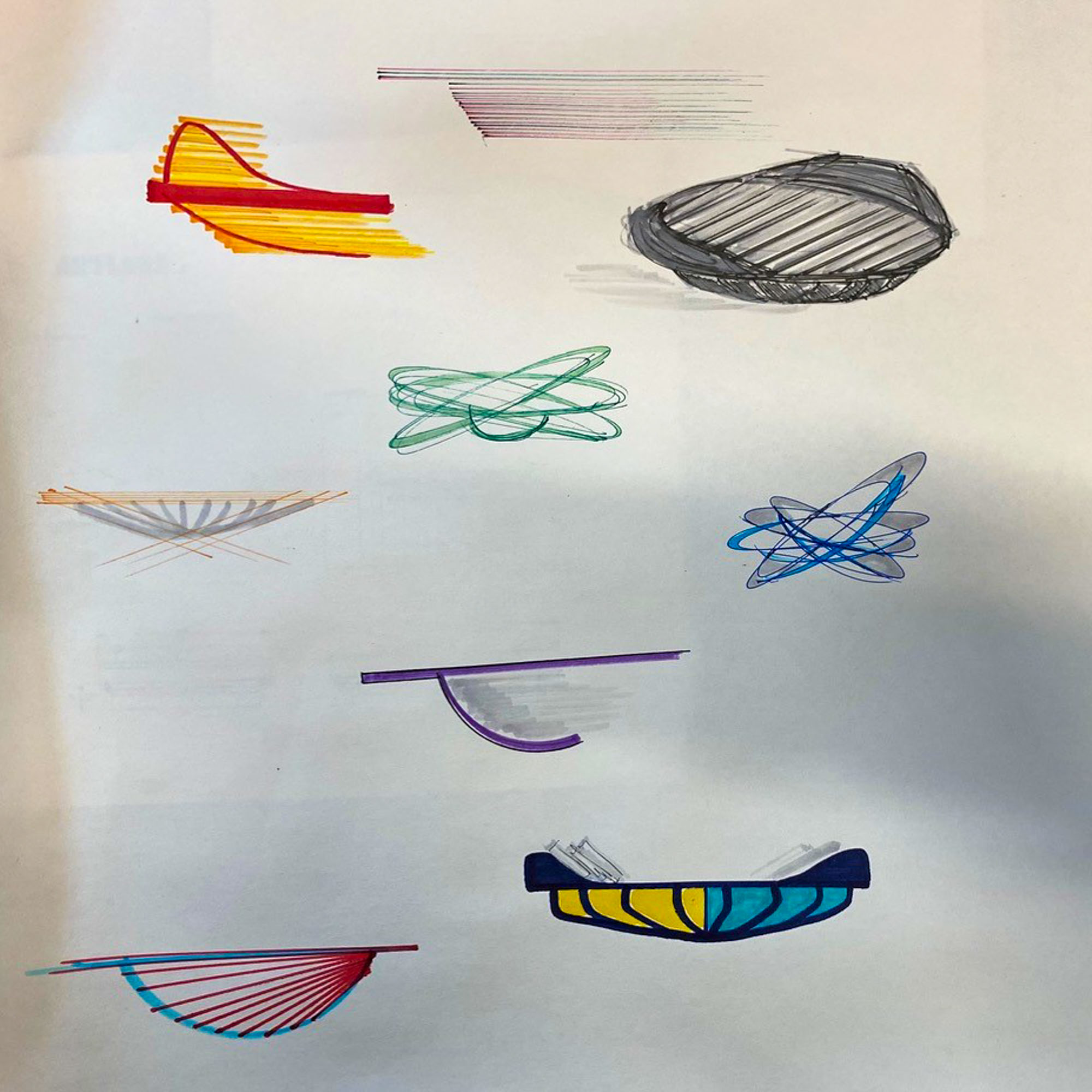
What inspires your work? When do you feel most inspired to create?
In the shower, I’ve had true eureka moments! Usually, it’s more a process of sublimation. I’m methodical and persistent, yet there is a sense of wonder in me. I try new things, but I’m also engaged in developing a language.
I design for myself, I design for others, and I also manufacture for others under Main Street Workshop. It is interesting and challenging to navigate the nitty-gritty of the built world. We need to make things that work in the real world, not just beautiful virtual designs.
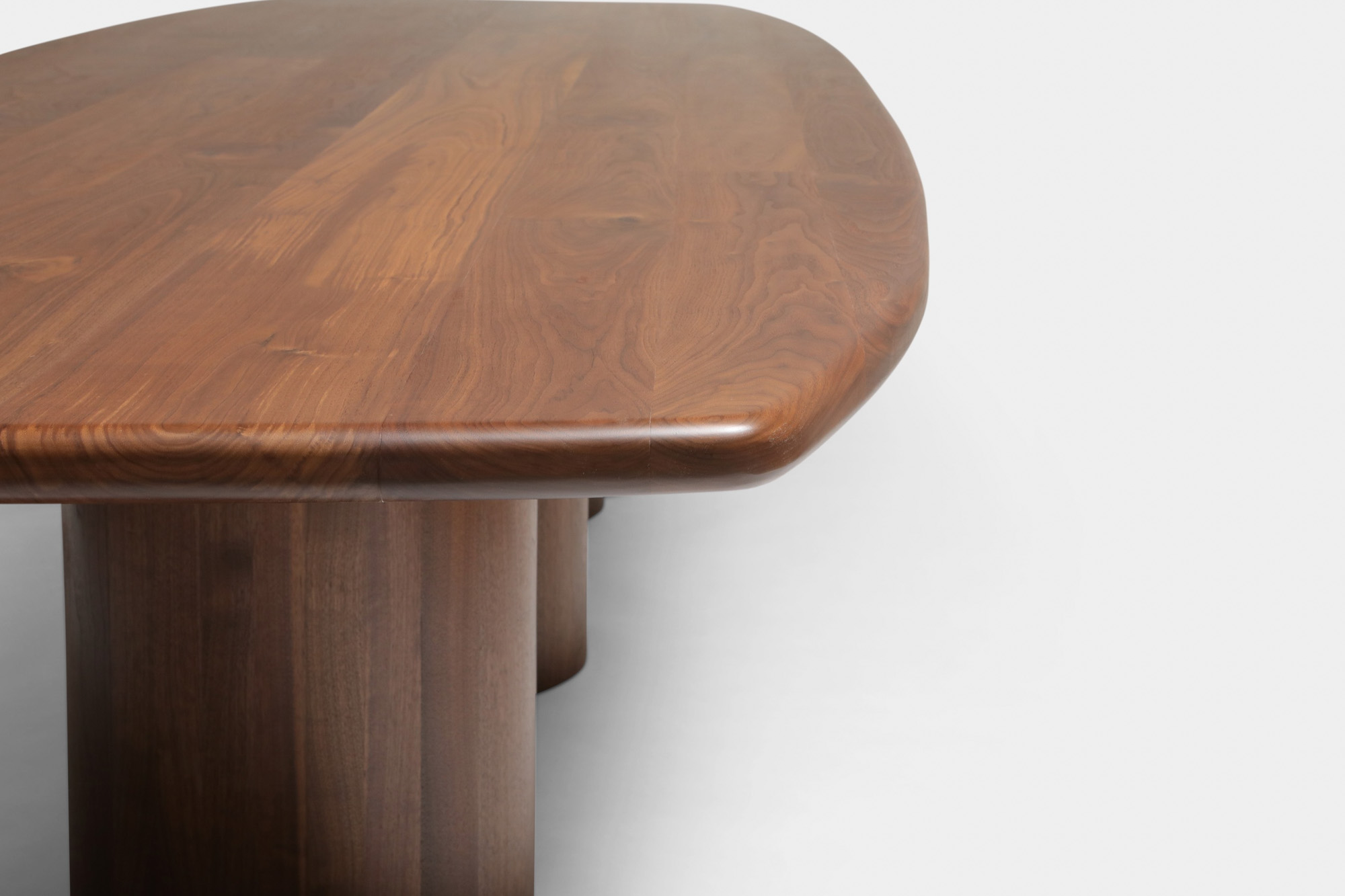
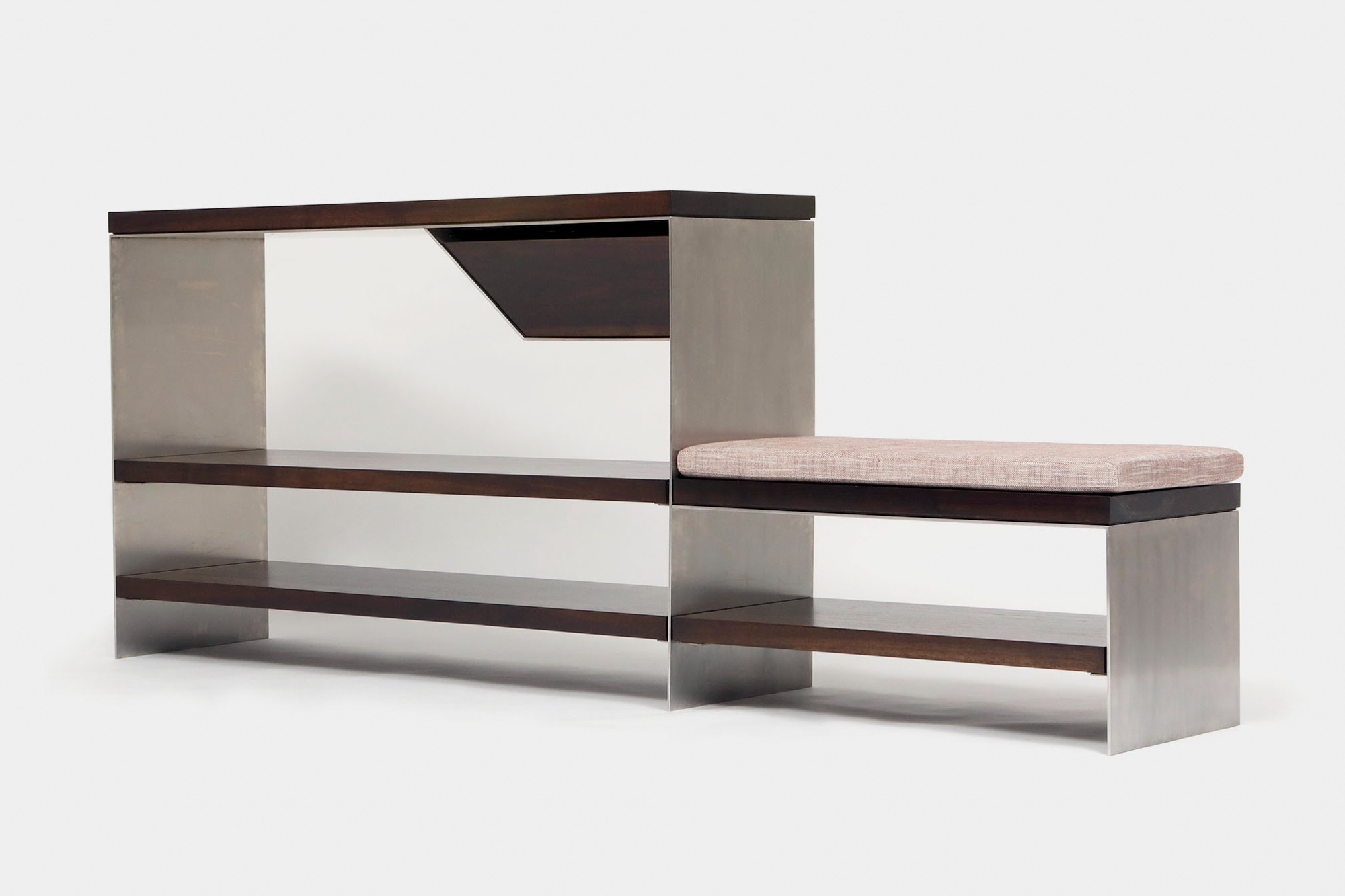
We collaborated with you on a dining table for a private client on a project called Sunset House. Walk us through your approach to collaborations and how this project evolved over time.
This type of collaboration between client, architect, and designer is rare and it’s a joy. Unfortunately, in life, no matter how great one’s creative output is, without the right canvas, all one gets is a paper napkin masterpiece.
The Sundown Table is a highly contemporary piece that doesn’t follow trends. It speaks of today through its materials, color choices, shape, and intention.
It’s like a stealth bomber of tables. That’s what the top’s shape, with its wing-like edge detail, reminds me of. It’s supported by these very clean drums—they are finished with an acid wash that enhances depth and nuance, bringing out a certain wabi-sabi quality to the whole.
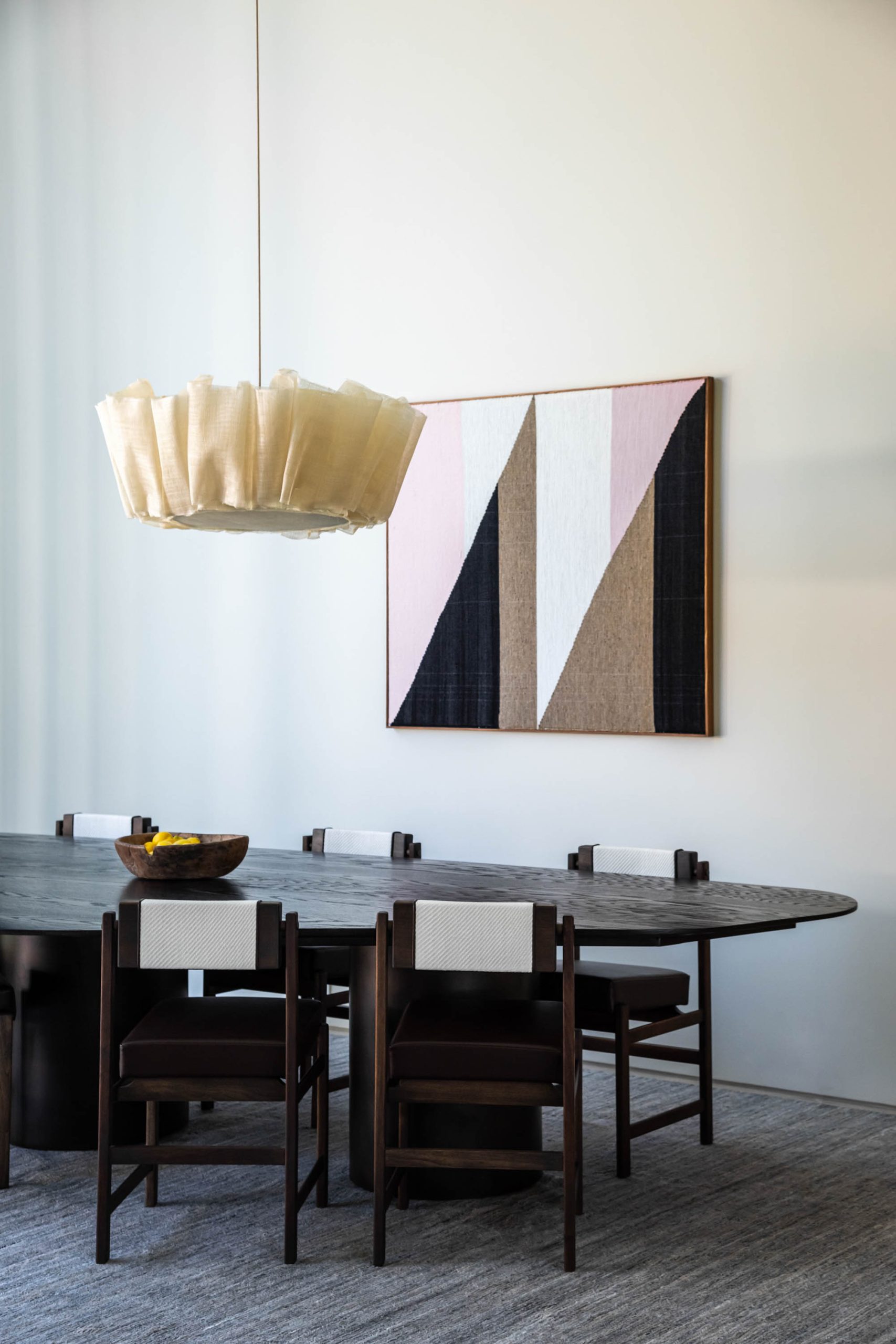
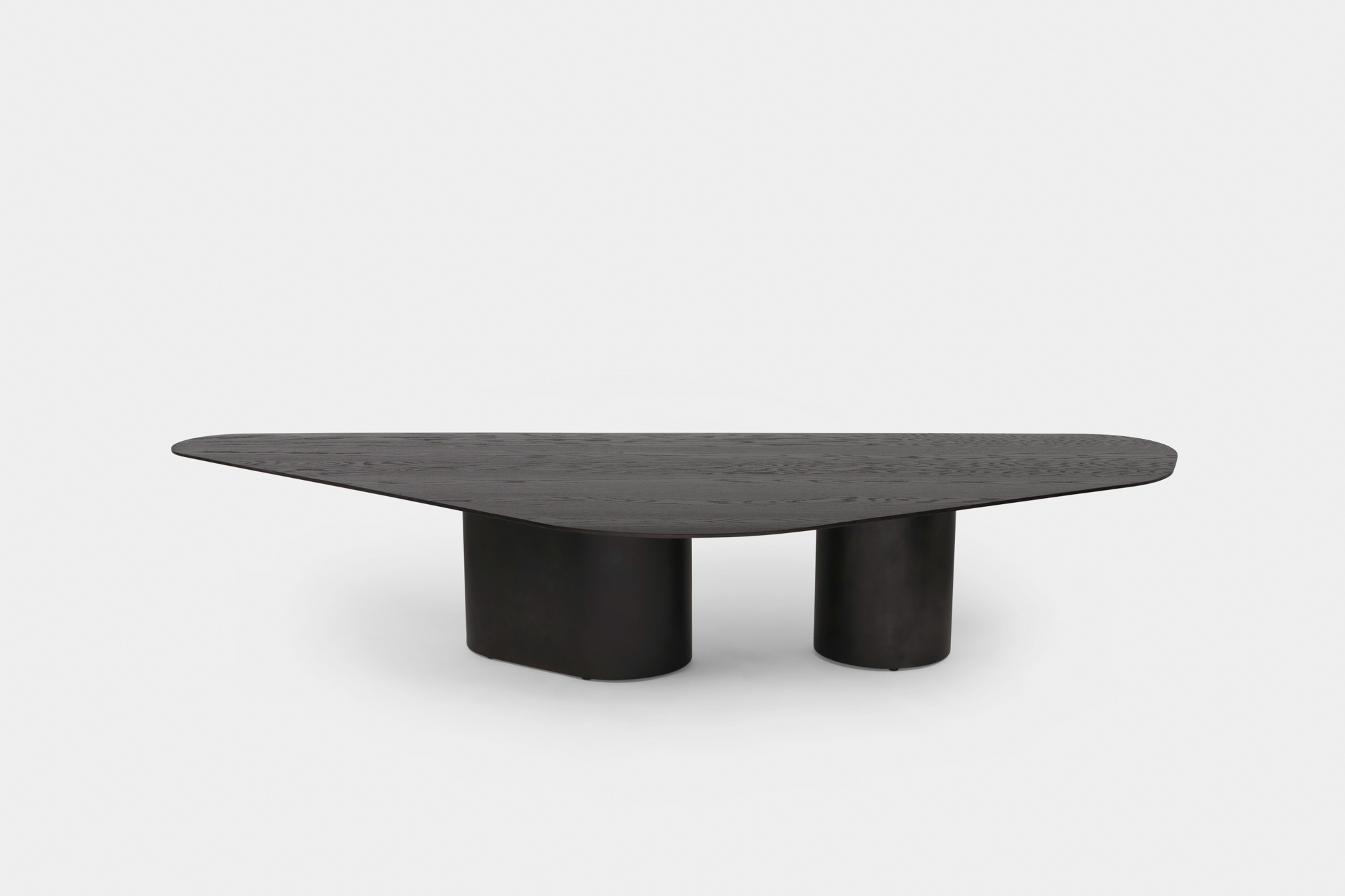
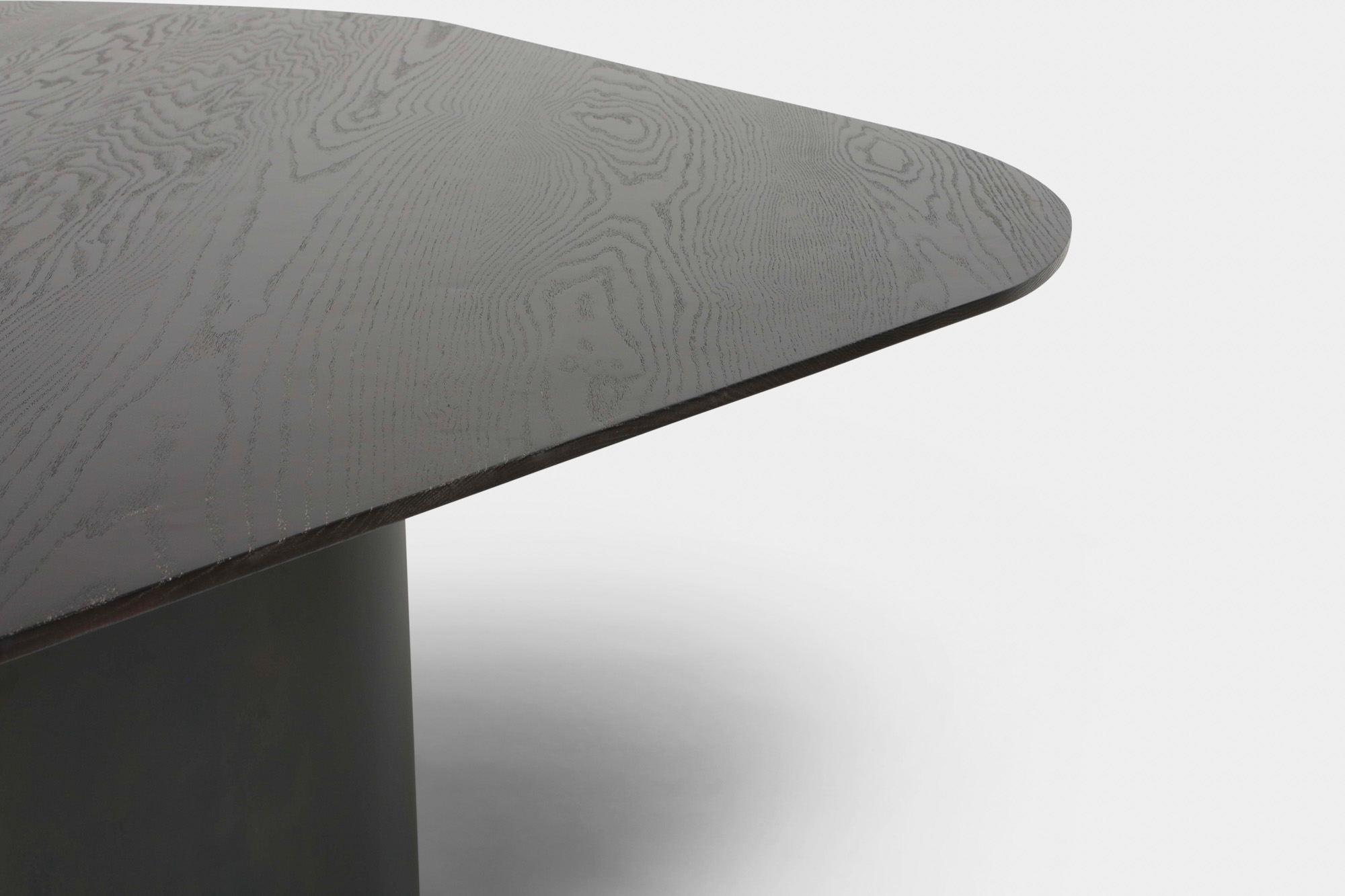
We created this table, which I nicknamed “The Mother of All Tables.” In nearly 20 years of designing and making tables, this one has been the most complicated of them all. As far as I know, there are no pedestal extension tables like this. The main challenge was how to conceal the extension rails. Somehow, we had to hide the mechanism and even the leaves. The solution was simple—we made a table with a belly. The execution was the challenging part with a lot of different parts competing for the same interior space while creating a sculptural object.
The core of the table is a metal structure, wrapped in solid walnut and meticulously shaped to achieve smoothness and continuity of form. It was a labor-intensive process and one of the most beautiful pieces we have ever made—as the title suggests, “The Mother of All Tables.”
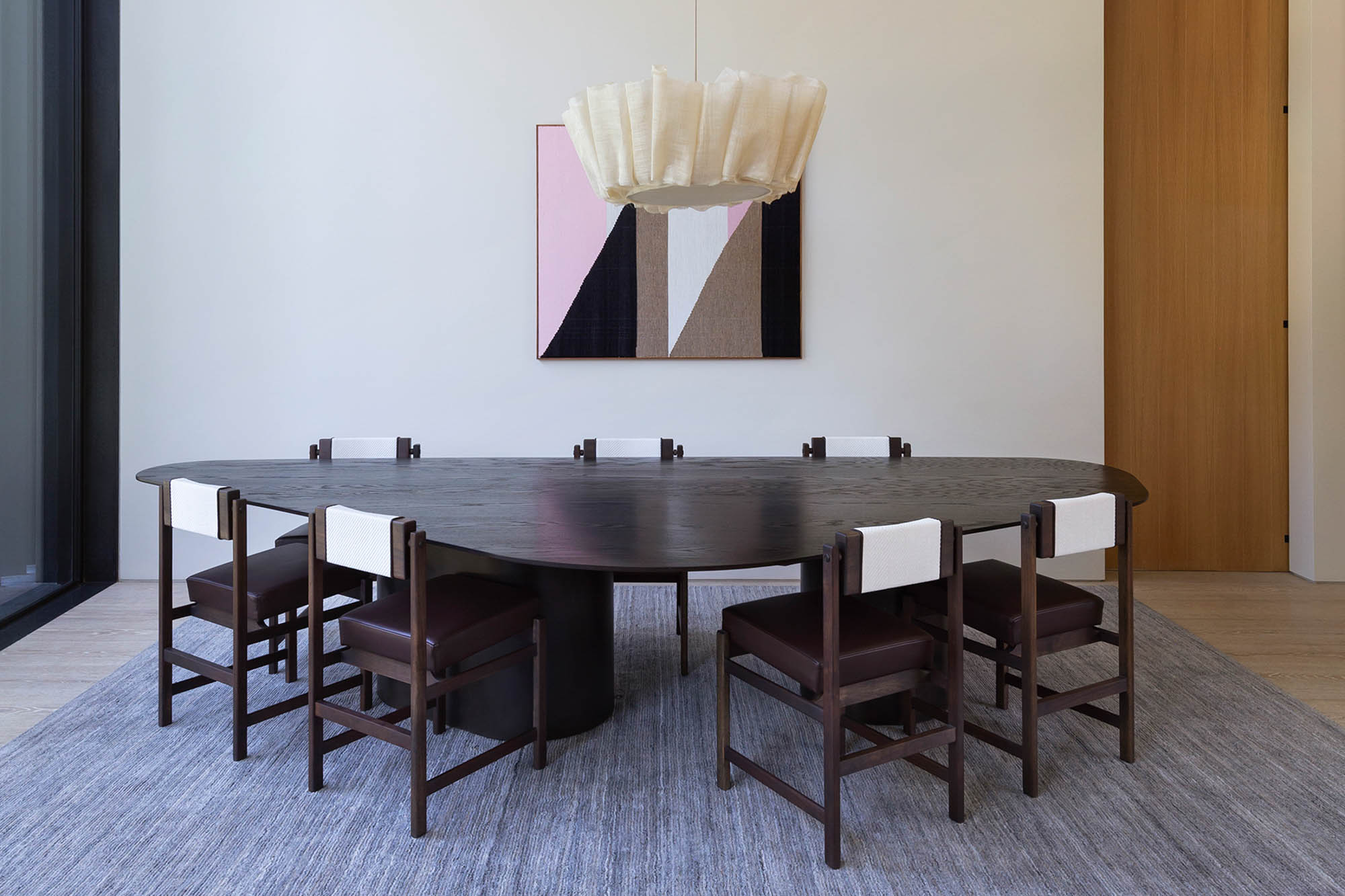
We have made a few other pieces for different projects which are really beautiful. It’s an honor to be at the service of good design. As I mentioned earlier, I don’t always get to choose the size of the canvas. It’s a thrilling job, so many things can potentially go wrong. We have to get it right on the first attempt. It demands vision, clarity, and a lot of trust from people like you guys.
It’s like landing a gymnastics movement you have never tried—we study it, draw it, and can see it, but there’s always an element of the unknown. What matters most is the end result.
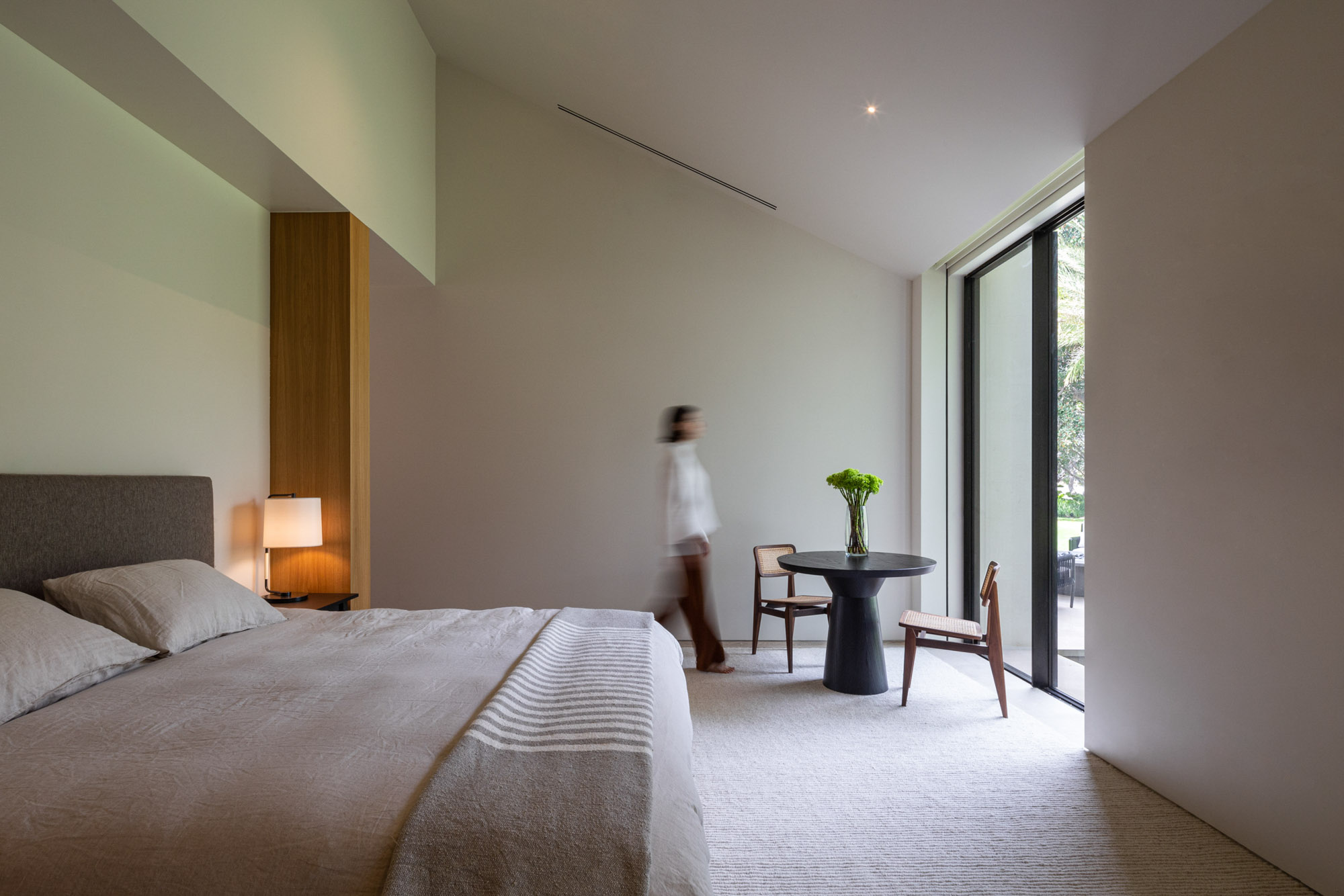
ARTLESS has an interesting manifesto: "ARTLESS employs Buddhist strategies and punk tactics. ARTLESS encourages abstract thought." Can you elaborate on how these statements come into play in your practice?
You can sum it up as a lifestyle. The manifesto is old, but it still resonates. Buddhist strategies, in a nutshell, focus on harmony, connection, and continuity of practice and purpose. We are small, but consistent in our approach. It’s about caring about the methodology, the people, the workers, and the client. Punk tactics guide myself and my team to have a certain irreverence and questioning of it all. It’s about staying nimble, not taking things too seriously, remaining small, and not being afraid to rip it up and start anew. Abstract thought alludes to staying conceptual, not dumbing it down, but landing it. Let’s not dilute it with words.
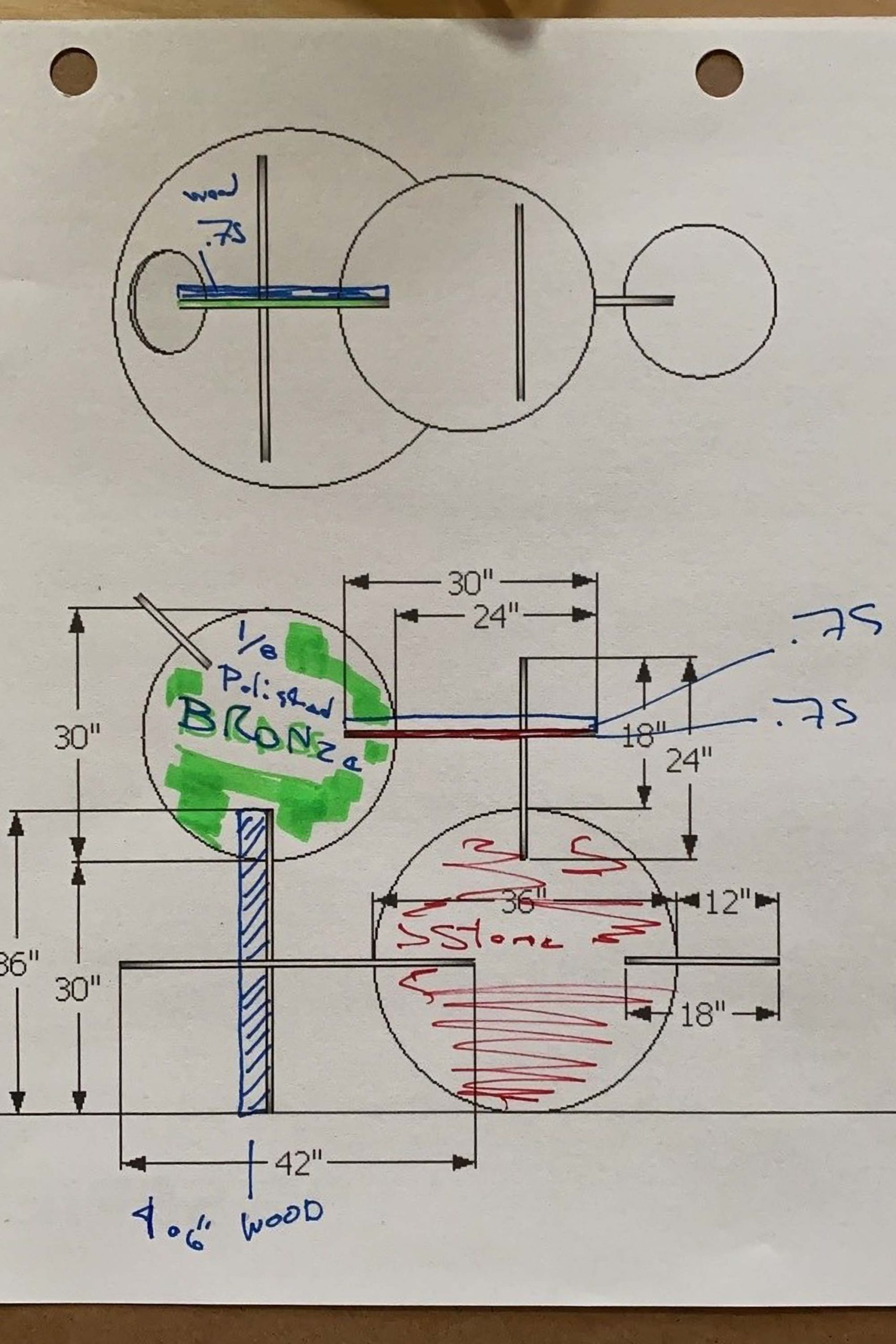
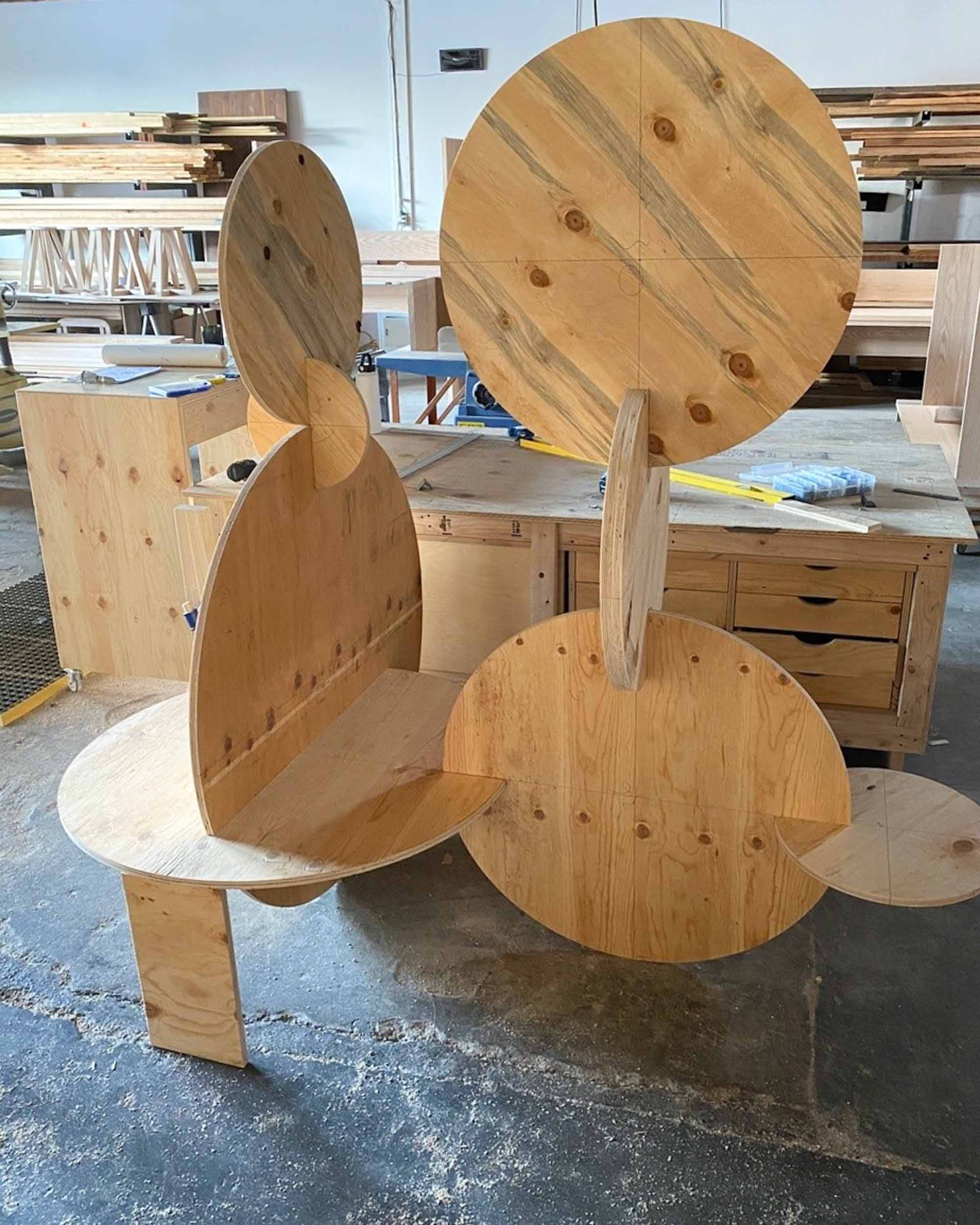
How do you continue to push your practice?
As years go by, you need to find new energy while also growing and learning from your experiences and mistakes. Experience helps consolidate and solidify ideas—it mitigates risk and safeguards you when things go wrong. Yet, we must continue pushing forward and stay hungry. How do you stay hungry? Keep expanding one’s interests, curiosity, and wonder. On the other hand, have childlike vitality and stay in the struggle. I like the word turbulence… find the jet streams of inspiration and enjoy the pockets of turbulence.
Are there any exciting new projects you're working on that you'd like to share?
I started a second company, Main Street Workshop, as the manufacturing arm. I’ve been developing a second brand, Otra Cosa, less modern, more contemporary in language. Also, after all these years, I’ve started designing some pieces under my name and showcasing them. Lastly, I’ve been studying for wine certification over the past two years, and I’m on my way to becoming a Sommelier, so my latest project is a wine consulting business called Less is More Wines. Looking ahead, I’m exploring expanding into architectural kitchens and cabinets, possibly in 2025.
